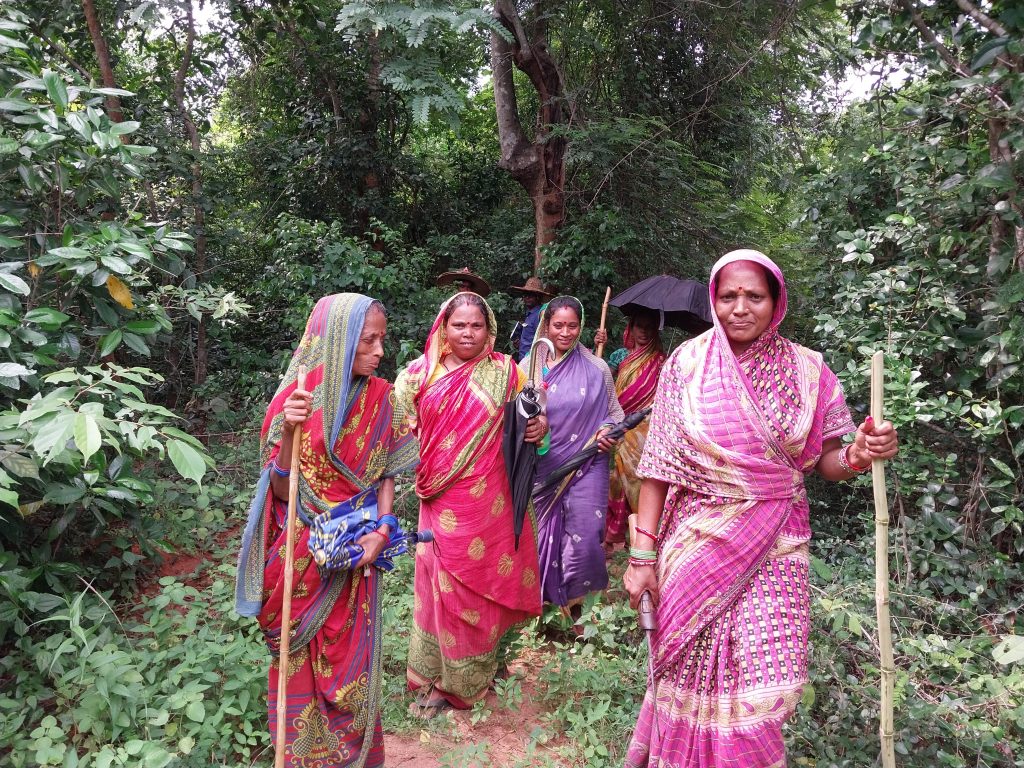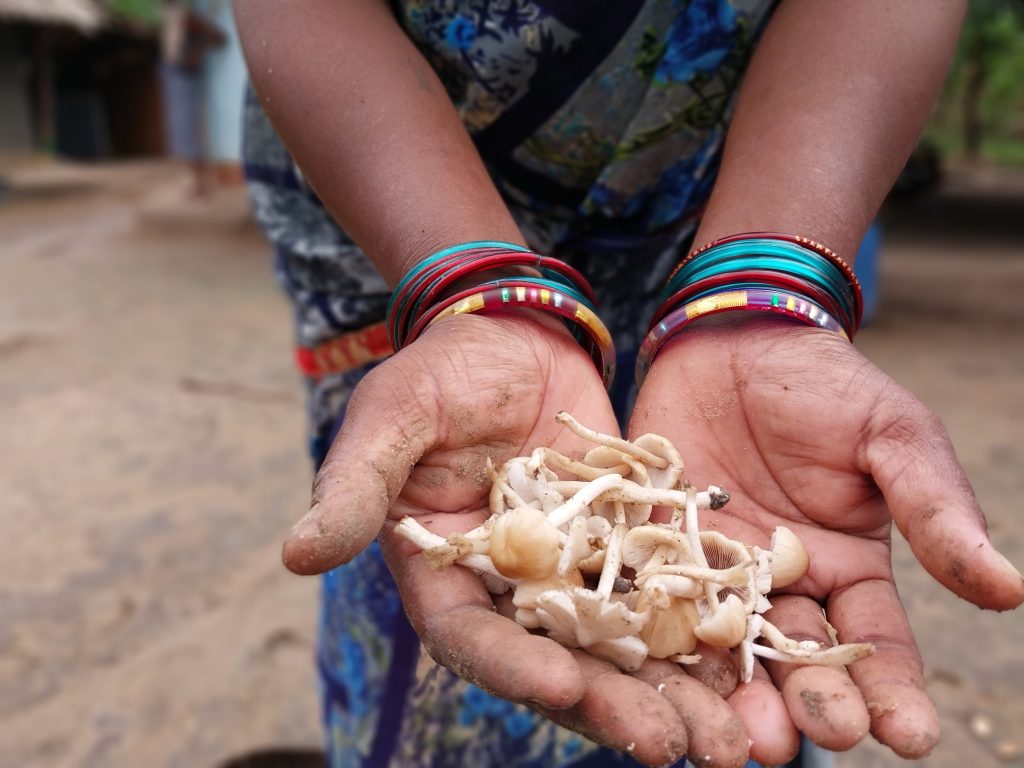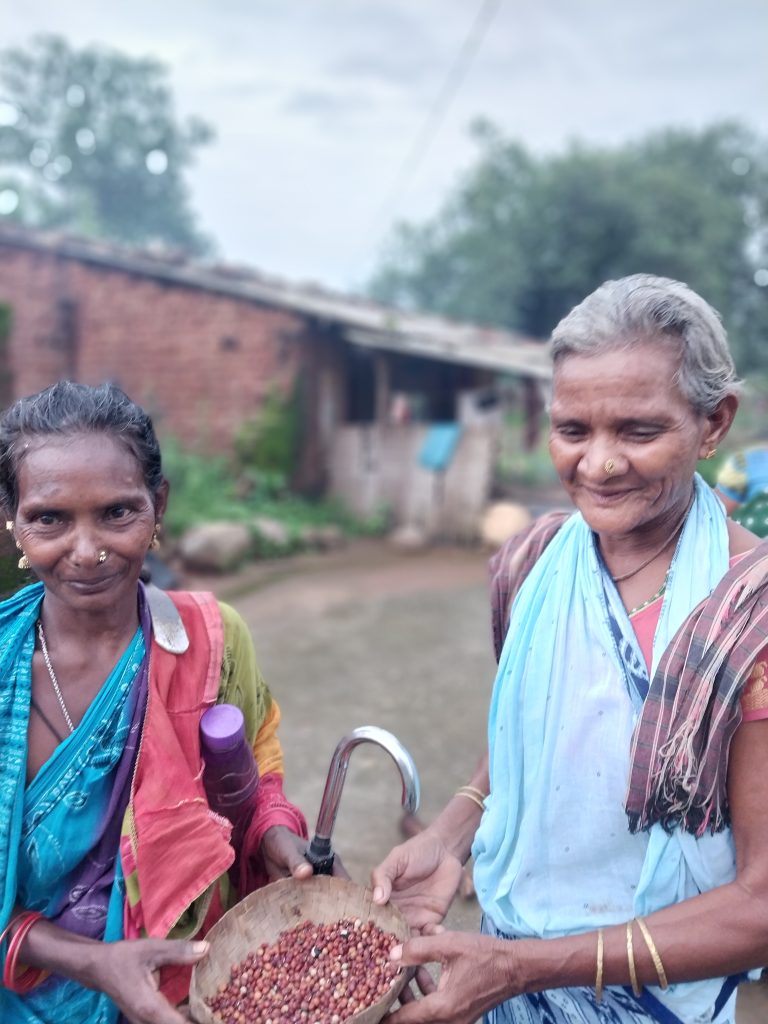A study by Rights and Resources Initiative shows that inherent prejudice and prevailing gender bias define global funding to women-led grassroots groups. A report by Deepanwita Gita Niyogi

Women bear the brunt of a changing climate. And yet, indigenous and Afro-descendant women’s rights organisations face marginalisation in financial aid when it comes to addressing this urgent global issue. This has been highlighted by a study launched by the Rights and Resources Initiative (RRI), a global coalition of about 200 organisations, and the Women in Global South Alliance (WiGSA). The latter advances women’s empowerment.
A study, “Is Global Funding Reaching Indigenous, Afro-descendant and Local Community Women?”, launched at COP16 at Cali, Colombia, which concluded on November 2, states that between 2019 and 2022, a two percent decrease occurred in the Official Development Assistance funding for organisations working on gender issues and women’s rights. The aid decreased from $891 million in 2019-2020 to $631 million in 2021-2022. This is a serious lapse, as land and forest resources are directly connected to gender equality.
Ketty Marcelo, an indigenous Asháninka leader from the central jungle region of Peru, is also the president of the National Organization of Andean and Amazonian Women. She is concerned over this. Marcelo feels that biodiversity continues to be discussed without taking into account women’s voices.
Deep-rooted prejudice
According to the study, most funding mechanisms are not responsive to the needs of community members. They lack gender inclusivity, flexibility, transparency and mutual accountability between donors and recipients. In addition, there is an absence of a long-term vision to address the needs of a diverse community which are neither timely nor accessible to community-driven organizations.
When it comes to Afro-descendant women, data on resource allocation is limited, according to the Black Feminist Fund. It notes that funds received in 2018-2019 for girls, women and trans people were less than 0.5 percent of the global funding of foundations.

There are gender stereotypes and biases in funding, and these are among major barriers to equitable access to financial aid. Women face greater scrutiny and lower expectations for results compared to male-driven organizations.
“Women have been excluded because of assumptions. Doubt exists about their capacities to manage projects. However, even without financial support, women have been effectively protecting forests,” said Omaira Bolaños, RRI’s director of gender and justice.
A notable example in this case of forest management is from the Odisha state of eastern India. In a village called Kodalpalli, indigenous women have carried out a revolution for forest conservation since 1999. Their dedication culminated in the village receiving community forest resource rights under the historic Forest Rights Act passed in 2006.The Act allows tribals (Indigenous Peoples) and forest dwellers rights over forest resources. The Ministry of Tribal Affairs is the nodal agency for its implementation.
Today, the women patrol the forest on a rotational basis after standing up to the timber mafia. Instead of men, they took up the responsibility of protecting the forest.
Despite such examples, stereotypes and barriers still hinder women’s access to funding and participation in conservation efforts. One of the key issues is donors’ limited understanding of the realities faced by women in their territories. Many funding opportunities are available only in English or French, making it difficult for grassroots women’s organizations to apply for support.
Bolaños added that the main issue is that there have been no changes in terms of funding for women at the global scale. Women from the grassroots are severely underfunded. It is also difficult to find data on funding reaching communities. “Most studies are talking about gender equity or women in general without specifying their communities or without focusing on women from grassroots organisations.”
To prepare the report, 17 organisations from Africa and Latin America under WiGSA, participated in the research process. Annual budgets managed by these organizations reveal that most women-led groups do not exceed $500,000 in funding.
Women-led initiatives in South Asia
Measuring progress by the number of hectares conserved under the Global Biodiversity Framework poses a challenge for women on the ground, the RRI study says. Many do not have formal land rights or access to land ownership data. This makes it difficult for women to meet such criteria. This also reflects a gap in recognizing women’s rights to land tenure and a lack of understanding of the realities of on-the-ground conservation work.
This fact is borne by women in India who have been largely left out of the Forest Rights Act process in India. Exclusion of women not only posed challenges when it came to claiming community forest resource rights, but even halted the process of claims as part of individual rights. Most land titles in India are held by men.

In the neighbouring country, Bharati Pathak is the former chairperson and advisor to the Federation of Community Forestry Users Nepal. She is also the adviser of Green Foundation Nepal, a non-profit, and represents the WiGSA.
Pathak has been working in the sectors of women, children, youth rights, natural resources, climate and social justice for the past 30 years. “Women’s organisations are few which are working in climate change and natural resources rights,” she said over Whatsapp.
“Though there are over 1000 community forestry user groups led by women in Nepal, there is inadequate funding to support women and women’s organisations to fight climate change in South Asia. Funding can help women adapt to and mitigate climate change at the grassroots.”
A growing corporate control of land in South Asia is responsible for human rights abuses, conflicts between companies and communities and denial of women’s rights. This is a genuine problem in India where large-scale mining in mineral-rich states has reduced women’s entry inside forests and access to resources.
In India, indigenous communities have been historically marginalised. In many areas, they have been displaced from their ancestral lands in large numbers to pave the way for development.












